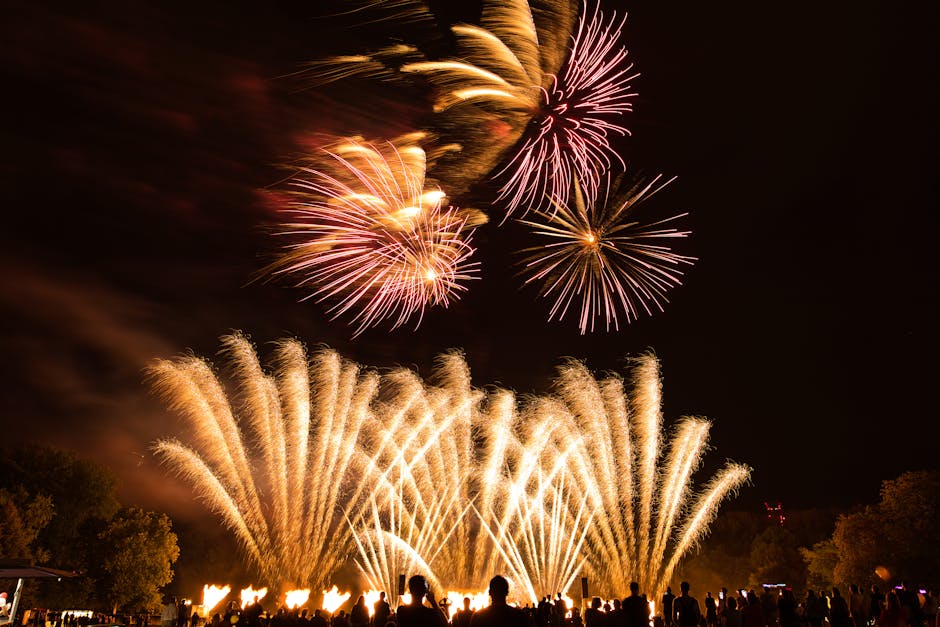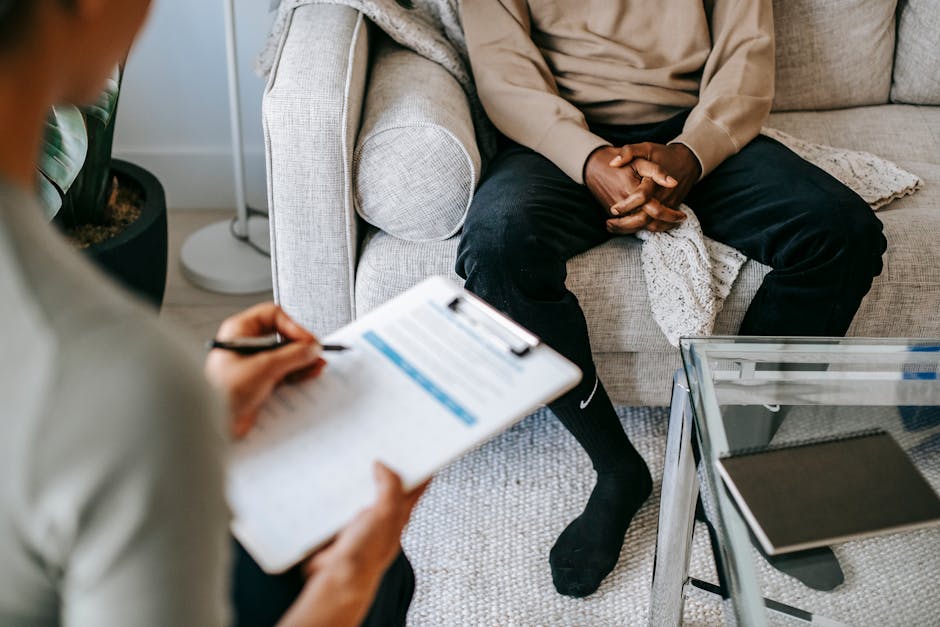Harness Color Therapy: Transform Your Mood with Your Surroundings
Have you ever felt instantly better just by stepping into a bright, colorful room? Brilliant shades of yellow pull us towards optimism, while soothing blues can wrap us in tranquility. Welcome to the fascinating world of color therapy—a practice that taps into how color can influence emotions and well-being. This article invites you to explore how the hues in your environment can become powerful allies in enhancing your emotional state.
Understanding Color Therapy

Color therapy, also known as chromotherapy, is based on the idea that colors can impact our mental states and emotional well-being. This approach is not just a trend but is backed by various studies that indicate how specific colors might elicit particular feelings and reactions. For instance, warm colors like red and orange can energize you, while cool colors like blue and green often promote relaxation. These effects occur due to the way colors interact with our psychological perceptions and biological responses.
Historically, cultures worldwide have utilized colors for healing and therapeutic applications. From ancient Egyptian rituals to modern-day psychological practices, color has held a significant place in influencing mental health and emotions. Understanding the basics of color psychology can help you harness this knowledge to create a nurturing and uplifting environment in your home or workspace.
The Psychological Effects of Colors

-
Red: Stimulates energy and urgency, often associated with passion and excitement. It can elevate heart rates and increase adrenaline, making it suitable for spaces where high energy is needed—think gyms or social areas.
-
Yellow: Often considered the color of happiness, yellow evokes a sense of warmth and cheerfulness. It's ideal for kitchens or play areas where you wish to foster creativity and joy.
-
Blue: Known for its calming properties, blue induces feelings of tranquility and trust. Perfect for bedrooms or study rooms, it can help reduce anxiety and promote focus.
-
Green: A color commonly associated with nature, green fosters balance and harmony. This makes it an excellent choice for living rooms, where you want to encourage relaxation and peace.
-
Purple: Traditionally linked to spirituality and luxury, purple can inspire creativity and introspection. Incorporating purple hues into meditation spaces or creative areas can nurture a reflective atmosphere.
-
Orange: Combines the energy of red and the cheerfulness of yellow, making orange invigorating. Incorporate it into areas designed for collaboration or social gatherings to boost enthusiasm and communication.
-
Neutral Colors: Shades like beige, gray, and white provide balance and calm, allowing brighter colors to pop while also creating a serene atmosphere. These can work well in bedrooms or offices meant for focus and tranquility.
Understanding these emotional triggers can empower you to evaluate and revamp your surroundings for better mental health. It becomes a canvas for not just aesthetic pleasure, but also emotional wellbeing.
Real-World Applications

Armed with this knowledge, how can you effectively implement color therapy within your spaces? Here are some practical applications:
1. Home Decor

Consider re-painting the walls of your rooms to align with the mood you want to cultivate. A bedroom painted in soft blues can provide a nightly oasis for a restful sleep, while a living room adorned in warmer tones can become a lively space for family bonding. Enhance these ideas with décor that captures the hues you love. Want to explore this further? Check out our article on biophilic design to make your space a healing sanctuary.
2. Lighting Choices

Different types of light can enhance colors’ effects. Natural light is always prime, but why not leverage smart lighting to control colors? Consider mood lamps that shift hues based on time of day or your emotional needs, creating a dynamic emotional landscape at home.
3. Textiles and Furniture

Choosing upholstery, rugs, or curtains reflecting the desired color palette can drastically change room dynamics. A couch in a soft green will promote calmness, whereas a brightly colored rug can bring alive creativity.
Color Therapy and Psychological Health

Research underscores that the environments we occupy contribute significantly to our psychological outlook. Loneliness, depression, and anxiety can often be magnified by dull and monotonous surroundings. To battle this, clearly, one achievable step is incorporating colors that elevate our mood and enthusiasm. Renowned psychologists have suggested that integrating color therapy can be an effective method alongside traditional therapies in managing mental health issues.
A personal anecdote: A friend decided to paint their home office a bright green, transforming a drab work area into a creative haven. Following this shift, not only did productivity soar, but their overall outlook on remote work improved significantly.
Explore more about enhancing mental wellness through surprising avenues, such as biophilia—the innate human tendency to connect with nature.
Impact of Colors in Public Spaces

Consideration of color extends beyond the home. Think about how colors are strategically employed in retail environments, hospitals, and public institutions to effect customer behavior and comfort levels. Fast-food chains often use red and yellow to stimulate appetite, while healthcare facilities might opt for calming blues and greens.
Embracing Seasonal Colors

Having a dynamic approach to color therapy could also include embracing seasonal changes. Swap your home’s color scheme with the seasons, incorporating colors that reflect autumn hues in fall or fresh greens in spring.
Exploring Personal Preferences

Incorporating color therapy should be a personal journey. Spend some time reflecting on your own emotional responses to different colors. You might discover that while blue is calming for most, a vibrant orange may uniquely uplift your spirits and energize you.
Integrating Color into Your Daily Routine
The application of color therapy need not be limited to structural changes in your surroundings. Here are some daily practices to easily incorporate color into your wellness routine:
1. Wardrobe Choices
Your clothing can act as an instant mood enhancer. Start your day by dressing in colors that reflect the emotions you want to embody. Feel anxious? Dress in calming shades. Need a boost? Don the vibrant colors that evoke excitement.
2. Food Choices
What you eat can also contribute to emotional wellbeing. Brightly colored foods not only enhance your plate visually but can also nourish your mind. Bright foods like berries, leafy greens, and root vegetables are not only tasty—some research suggests that colorful foods also impact mood. Want to know how? Read more in our article on colorful foods.
The Future of Color Therapy
As our understanding of psychological health continues to expand, it is likely that color therapy will find more applications. In settings ranging from schools to workplaces and homes, using color to uplift the emotional environment can become increasingly commonplace.
Final Thoughts
Harnessing the power of color therapy can pave the way for a more joyous and fulfilling life. Your surroundings, marked with intentional color choices, can directly impact how you feel and interact with the world. So why hesitate? Take a moment today to decide on colors that reflect the emotions you wish to nurture. Embrace this timeless, powerful tool to help foster a vibrant, emotionally rich living space.
Feel empowered to redefine your environment. Start today by making small changes. Remember, vibrant emotions can flourish in something as simple as a new coat of paint or a choice of wardrobe. The colors around you can indeed shape how you feel, so seize the opportunity to color your world positively!



